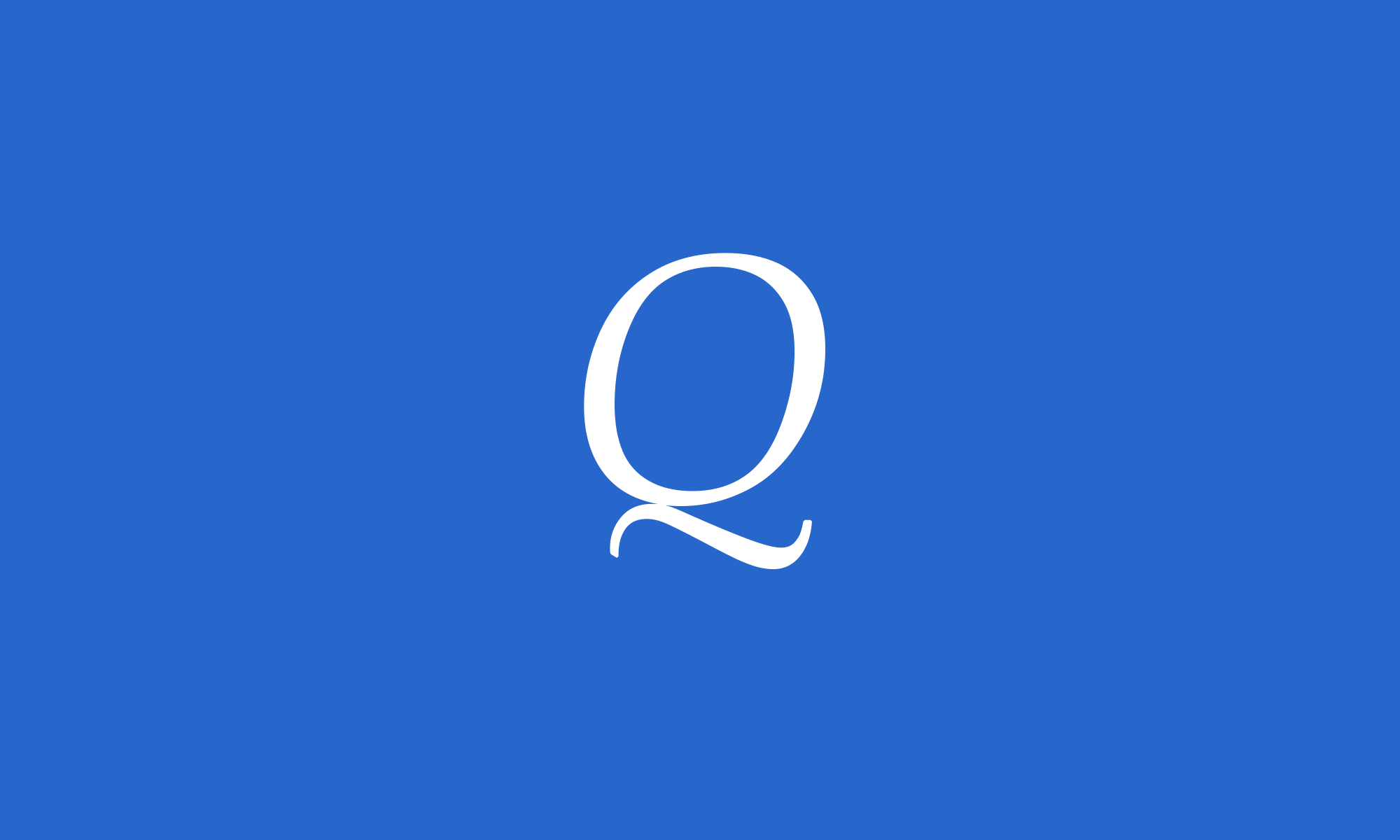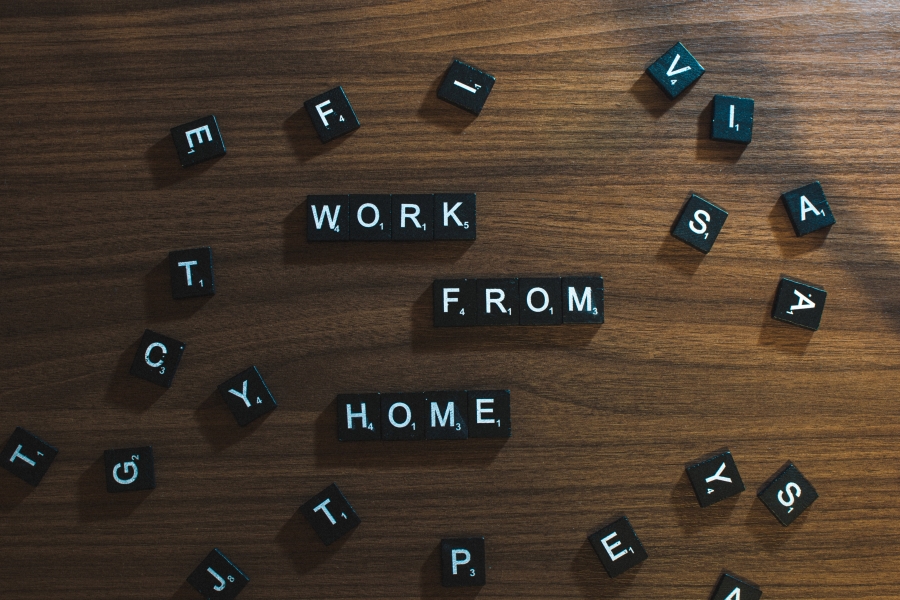When Covid-19 hit many leading businesses doubled down on flexibility, ensuring their teams had the ability to work completely remotely and in some cases letting go of their office spaces.
At the time it was the obvious and necessary thing to do, it fast tracked a trend of working from home that had been developing for the decade prior.
Two years on from the first reported cases of Covid-19 and it seems we’re entering a new phase of work, with almost all office-based businesses now having tried both working from home and hybrid working.
Like anything, remote working has its drawbacks. For employees it may be an inability to switch off and for businesses it could be a reduced collaboration and productivity.
This means we’re still searching for a new way of working. And while we may not be sure of what that is, it’s becoming increasingly clear that it could be different for each business.
The big learning from the last two years for businesses
As we’ve spoken about before, the idea of work-life balance is a key factor in the minds of both candidates and employees – particularly those from younger generations.
By definition, everyone’s individual circumstances are different, depending on if they have kids, what their job is and whether they’re working across timezones. For example, if you’re working in a global firm and you’ve got to make calls to the UK at night, then if you want to go to the beach for three hours in the day perhaps you should be able to. But if you’re at that same business and have a young baby you may want to finish at 5 on the dot to do the bedtime routine.
So the answer is really uncertain and it’s going to vary enormously from business to business. What does work-life balance mean? I think it means something different to every individual.
The overarching lesson is there’s no one size fits all and flexibility means flexibility across all sorts of things. One company we work with is moving to a model where you’re allowed to work any amount of time in the office or from home, as long as your plan – and that plan is the key part – is agreed with your manager upfront. It’s almost like ‘design your own work life’.
But even if you give everybody flexibility to determine their own plan, it still comes with the complications of some people feeling isolated and some not. Over the coming year businesses need to give themselves a little bit of leeway so they can figure out what works best for the demographics that make up their workforce.
The growing importance of adaptability
Businesses don’t just need to be flexible, they need to be adaptable in order to establish best practice. This has been the big change in the last six months. In the immediate aftermath of Covid-19 it was about being flexible, now it’s about being responsive and trying to find a new way of working that suits your workforce.
In the way that many tech companies take on product development with the framework of Build, measure and learn, businesses are going to have to trial different approaches to working and then respond based on the feedback and results they get.
For example, you might say ‘We’re going to experiment over the next 6-12 months with different working styles – trying this, this and this. We’ll change models every 60-90 days and we’ll clearly communicate what works each and what doesn’t work. We’ll also create a feedback loop that’s formalised in that process.”
That’s how you make things better – you push ahead with ideas, then you measure and adjust. There’s no end game, it’s just about building, measuring and learning. The solution is not a fixed point – it’s open for adaptation.
Communication is paramount to attract and retain staff
If things are going to change over time then that means that communication is very important. As we enter this period of change, clear communication is going to be one of the key attributes for businesses in attracting and retaining staff. Good communication helps employees understand what is expected of them and also decide where they best fit.
To do this communication needs to be regular, transparent and flow both up and down a business. When it comes to hiring, it means not necessarily telling candidates what they want to hear or pretending you have all the answers, but being open and saying that ways of working are still being re-calibrated and you really value the feedback of employees in building a path forward.
The good news is that this kind of communication is what the best businesses have always done to build trust and create open and collaborative cultures.
What next?
Employers that feel they already have the solution or that employees need to work the same way they always have are the employers that are going to struggle and be left behind. We’re seeing this with some of our top candidates uninterested in talking about roles, no matter what the salary or who the employer, if they feel the employer is too set in their ways.
Employers that embrace change and take data-led approaches are going to thrive. There’s an opportunity right now for businesses to set themselves apart, redefining their culture and making sure they’re hiring and keeping the right people.
–
The relationship between employer and employee continues to change at a rapid rate and the best businesses are adapting quickly. If you would like a confidential discussion about which solutions are working well for employers, contact Phil Davis, Managing Director, Q Consulting Group on 0404 803 609 or at phil.davis@qconsultinggroup.com.au.
Follow us on LinkedIn to get the latest news on hiring, our latest job posts and more.

